Bringing animals into the centralized slaughterhouse in An Nhon: Recorded on the first day
On the morning of June 15, the concentrated animal slaughterhouse in Nhon An commune, An Nhon town (belonging to Quy Nhon Food Production and Processing Company Limited) officially operated the slaughter line, serving small-scale slaughterhouses in An Nhon town and 5 northern communes of Tuy Phuoc district.
Respond and cooperate quite well
According to the factory, from the early morning of June 15, there were about 100 households registered to practice slaughtering, with a total of 303 pigs. The factory operates 3 pig slaughter lines and 2 poultry slaughter lines to serve customers.
Mr. Tran Quoc Hai, in Binh Dinh ward, An Nhon town said: "I arrived at the factory very early, on the first day of moving to the centralized slaughterhouse, I registered to slaughter 20 pigs, everything happened very quickly and I was just waiting to receive the finished meat to bring to the markets to deliver to customers".
Although not familiar with centralized slaughtering, including transportation, through this morning's observations, many households said that the slaughtering process was fast, safe, products were controlled before being sold, and met food hygiene and safety conditions.
Mr. Nguyen Van Hung, in Phuoc Hung commune, Tuy Phuoc district, said that normally his family slaughters 2-3 pigs every day, mainly to sell to customers at the afternoon market. However, due to changes in slaughtering activities, he has agreed with his customers to bring the pigs to be slaughtered in the morning, ensuring both work and compliance with policies on centralized animal slaughter.
 |
The concentrated animal slaughterhouse in Nhon An operates 3 livestock slaughter lines and 2 poultry slaughter lines. Photo: THU DIU |
Specific instructions, thoughtful encouragement
To prepare for the slaughtering work to be put into order, since June 13, the working delegation of the province and localities has continuously inspected and provided specific instructions so that households engaged in the slaughtering of livestock and poultry can clearly understand the new policy, and encouraged them to comply with the regulations on bringing animals to the centralized slaughterhouse.
At 3:00 a.m. on June 15, the working group of An Nhon Town together with the Department of Animal Husbandry and Veterinary Medicine (Department of Agriculture and Rural Development) inspected areas with many large-scale slaughterhouses in wards and communes such as Binh Dinh, Nhon Hoa, Nhon Thanh, Nhon Loc, Nhon Phong... In Nhon Hoa ward, the working group's on-site inspection recorded that small-scale slaughterhouses complied with regulations, with 3 households bringing pigs and chickens to the slaughterhouse, while the remaining households switched to getting finished meat from CP Vietnam Livestock Joint Stock Company - Binh Dinh Branch (in Nhon Hoa Industrial Park) for sale. Checking from the markets, the meat on sale all had slaughter control stamps.
Ms. Lam Thi Anh Nguyet, Vice Chairwoman of Nhon Hoa Ward People's Committee (An Nhon Town) said that in the immediate future, the ward has established a working group to continuously inspect in the initial phase, both reminding and guiding people to gradually comply. On the morning of June 15, it was noted that in Nhon Hoa Ward, households complied quite well.
Mr. Bui Tan Loc, Vice Chairman of Binh Dinh Ward People's Committee, said that the whole ward has 18 households engaged in the slaughter of livestock and poultry, on the first day 14 households brought 74 pigs to the factory. For households that are not registered, we continuously check to prevent clandestine slaughter at home.
Mr. Phan Thanh Hoa, Head of the Economic Department of An Nhon Town, said that up to now, An Nhon Town has 95/115 households engaged in slaughtering animals and bringing them to the centralized animal slaughterhouse in Nhon An Commune. There will certainly be many difficulties in the coming days, but we will sit down with the people to discuss solutions, agree on support and implementation, the important thing is that the people understand and support the policy, that is the most positive signal.
Through actual inspection and quick survey in localities, Mr. Huynh Ngoc Diep, Head of the Department of Animal Husbandry and Veterinary Medicine, said that the first day of operating the concentrated animal slaughter line was relatively good, especially An Nhon Town did a good job of mobilizing, propagating and instructing. Thanks to that, the rate of households practicing slaughtering brought to the concentrated slaughter area reached over 90%. To meet the requirements, the Department increased 10 veterinary officers to the Factory to control slaughtering and check veterinary hygiene to ensure that livestock were checked before, during and after slaughter.
To ensure the new policy is put into practice, in the coming days, the provincial interdisciplinary working group chaired by the Department of Agriculture and Rural Development will coordinate with relevant units and localities to continue to inspect and control the situation from residential areas to markets, ensuring that meat for sale is slaughtered centrally, ensuring food safety and hygiene. To encourage, the Provincial People's Committee has approved a plan to support 100% of the slaughter and service fees in the first year and 50% in the second year for households. Conversely, those who delay will be forced and punished according to regulations.
SOOTHE
Source link



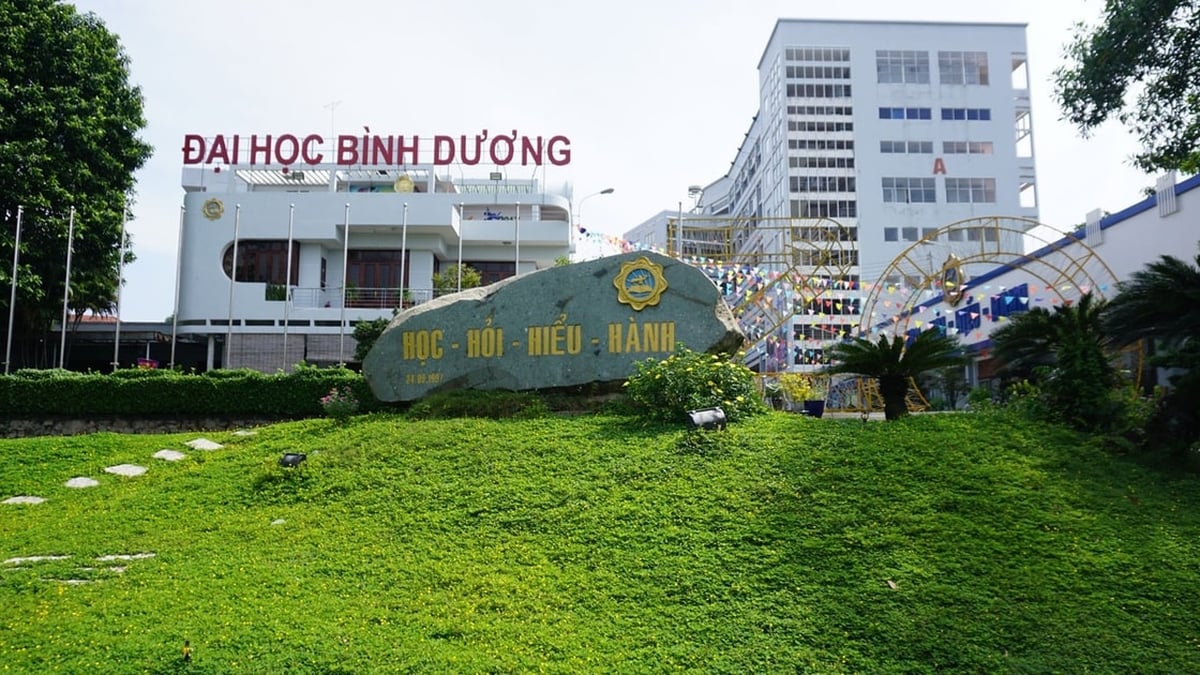

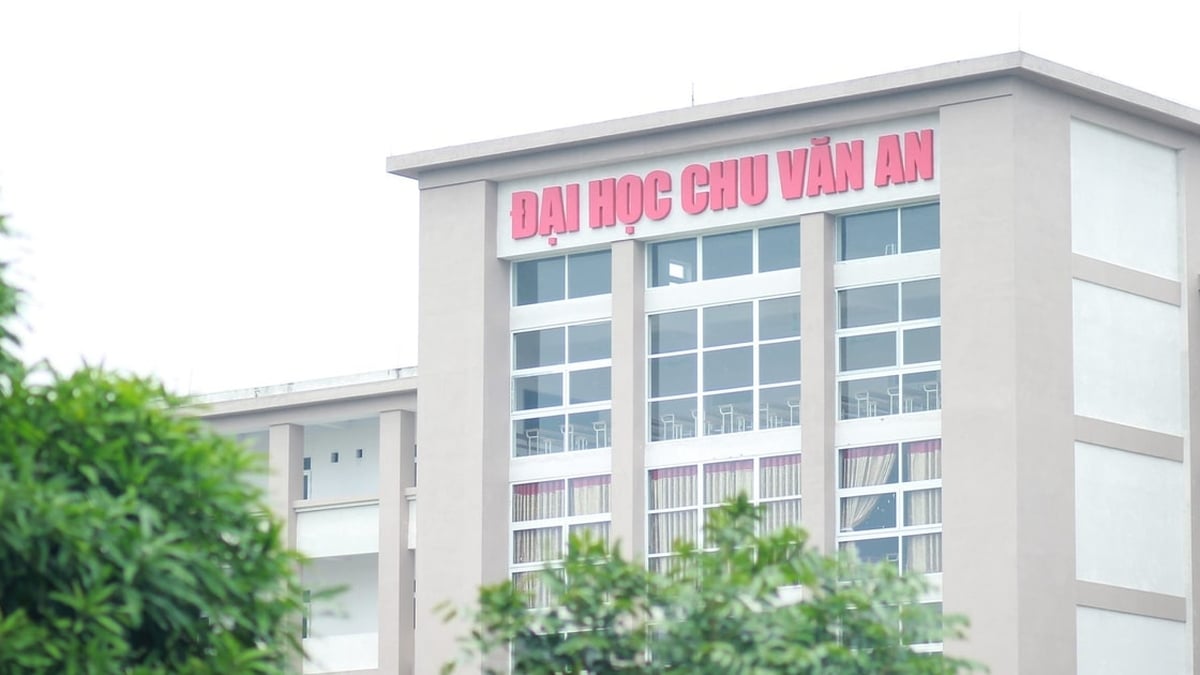

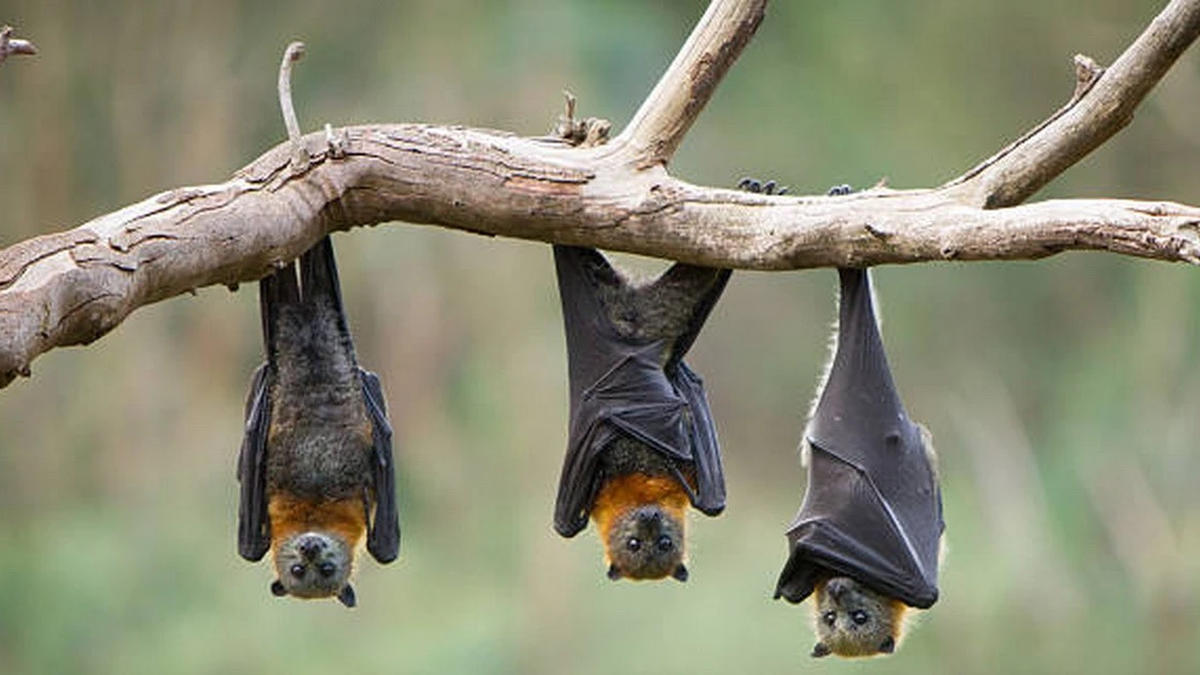
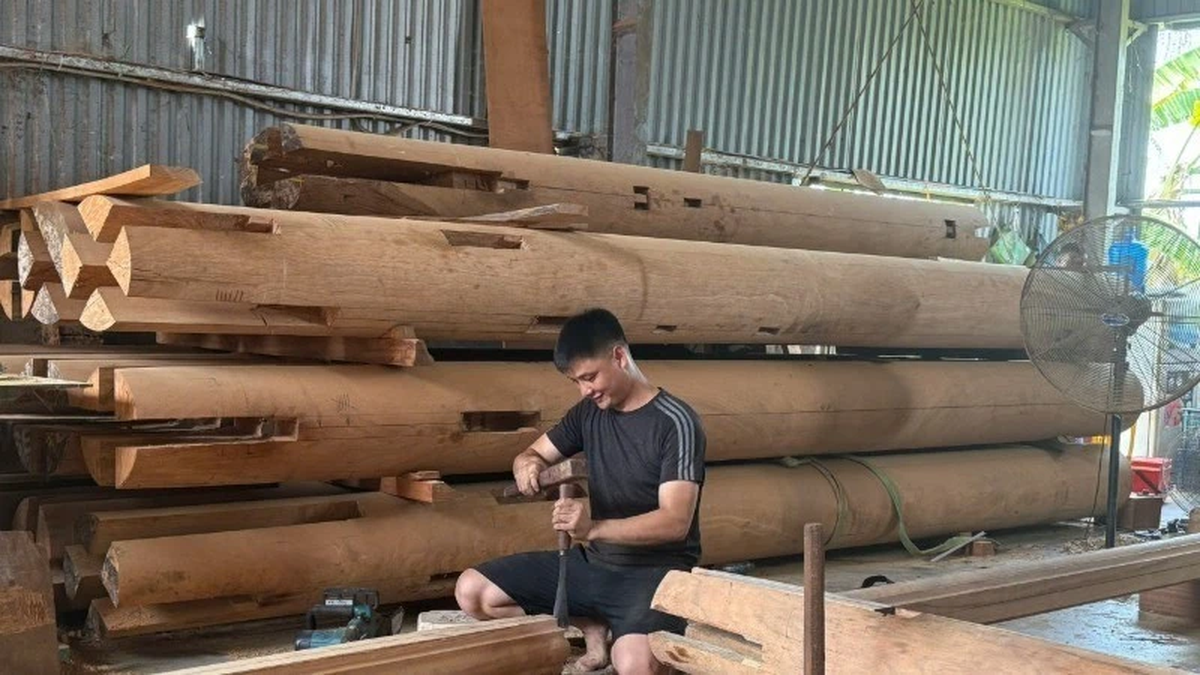
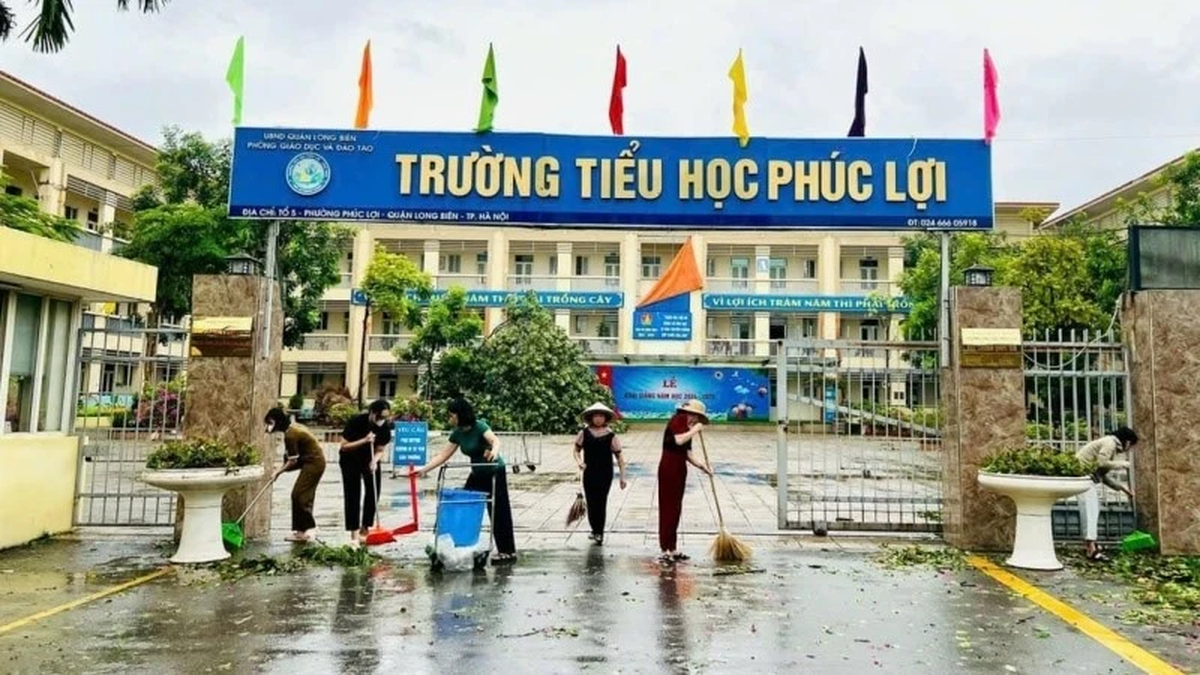





















![[Photo] National Assembly Chairman Tran Thanh Man visits Vietnamese Heroic Mother Ta Thi Tran](https://vphoto.vietnam.vn/thumb/1200x675/vietnam/resource/IMAGE/2025/7/20/765c0bd057dd44ad83ab89fe0255b783)






































































Comment (0)